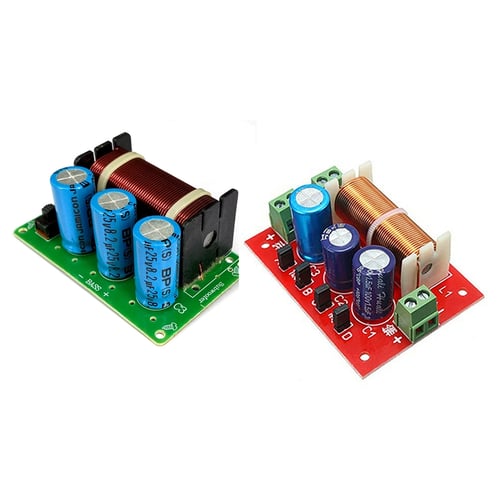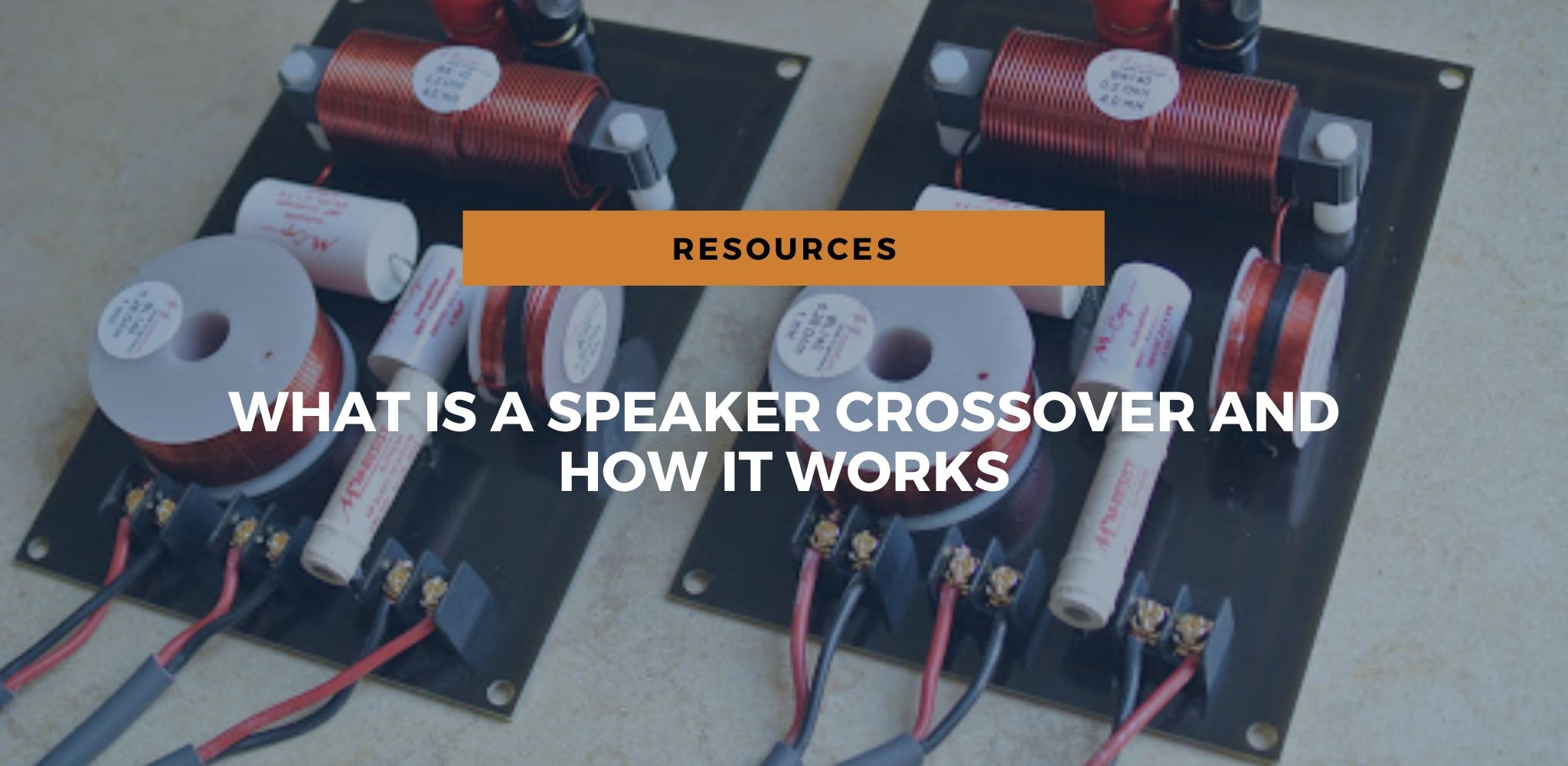

At one octave away (500Hz), the output will be -6dB. The speaker will have a -3dB output at 1kHz. For example, for a -6dB per octave high pass crossover, if the cutoff frequency is 1kHz: Past the crossover frequency (the -3dB point) the output will decrease more and more the further away from the cutoff the sound frequency is. In electrical power terms, the 3dB volume reduction point is the frequency at which the power to the speaker is reduced by 1/2. In technical terms, the crossover frequency is found by using the -3 decibel (dB) point from the output of a crossover circuit. The speaker crossover point is normally called the crossover frequency, often written as “ Fc.” The speaker crossover point is the cutoff frequency beyond which audio frequencies are blocked from reaching speakers. When higher frequencies are present, the resistance is much lower and these signals pass to the speaker without a problem. 

Using mathematical formulas crossover designers can pick the right part values needed for a particular speaker crossover that’s best suited for the speakers to be used.įor example, when lower music frequencies (bass) pass through a high-pass filter the total resistance is very high which means there’s very little output to the speaker. This is extremely common in 2-way home or car audio speaker systems. This is because of inductive reactance.Ĭapacitors and inductors can be used together to create a more effective filters as well as divide up sound the range of sound produced by a speaker.
Inductors pass lower frequencies more easily (as frequency increases their opposition to the flow of electricity increases). This is due to a principle called capacitive reactance. Capacitors pass higher frequencies more easily (as frequency decreases their opposition to the flow of electricity increases). Speaker crossovers work using an interesting behavior found in capacitors and inductors: Speaker crossovers are very, very common in many home or car speaker systems especially 2-way speaker cabinets or component speaker sets. In that case, a low-pass crossover is used and set to a lower cutoff frequency to get that great sound you love. This is especially important for subwoofers as they’re designed for and work best with pure bass only. Similarly, we can use a low-pass crossover to filter out (effectively block) that unwanted range of sound for clean, enjoyable sound. 
Likewise, other types of speakers such as woofers or subwoofers sound absolutely awful when you drive them with higher frequencies that are best suited for a tweeter. A speaker crossover makes blocking this harmful (and distortion-causing) bass possible.
Split up a musical signal to send certain portions of sound to the speaker best suited for it.įor example, tweeters are sensitive to bass and can’t produce midrange frequencies, so we don’t want to drive them with subwoofer bass especially with high power. Block unwanted sound frequencies that speakers can’t produce well (and that cause distortion or can damage them). Speaker crossovers have several functions with the main goal being to improve sound quality: What does a speaker crossover do? Why are they helpful? Speaker crossover how to#
How to determine speaker crossover frequency.How to find the crossover frequency from a speaker crossover.Car stereo speaker crossover frequency table.Home stereo speaker crossover frequency table.What is a good crossover frequency for speakers? Guidelines & table.Finding the crossover frequency for 2nd order or higher crossovers (2-way or larger speaker systems) Finding the crossover frequency for first-order (inline) crossovers How to determine the crossover frequency for speakers.What are 1st, 2nd, and 3rd order crossovers?.Crossovers aren’t perfect in how they work.What does a speaker crossover do? Why are they helpful?.








 0 kommentar(er)
0 kommentar(er)
